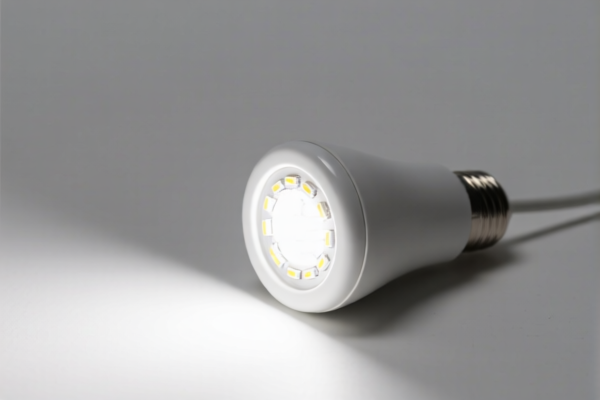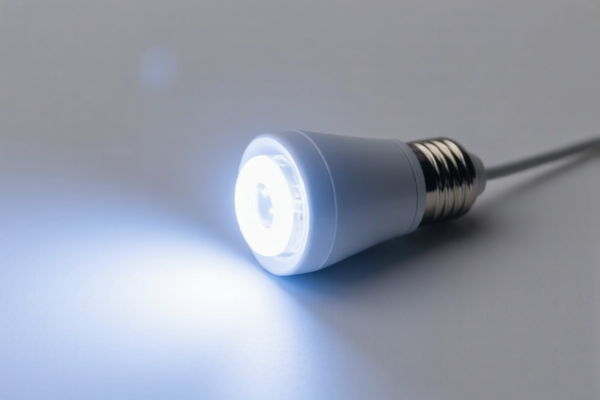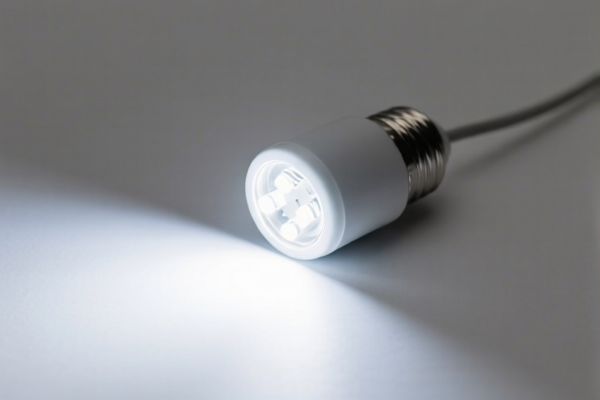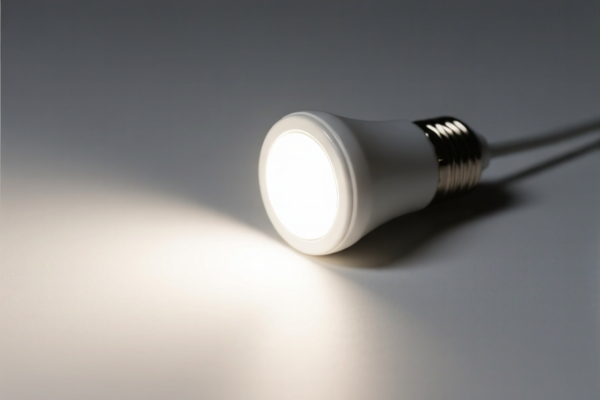| HS Code | Official Doc | Tariff Rate | Origin | Destination | Effective Date |
|---|---|---|---|---|---|
| 9305996000 | Doc | 40.4% | CN | US | 2025-05-12 |
| 9305994000 | Doc | 30.0% | CN | US | 2025-05-12 |
| 9301903010 | Doc | 4.7% on the value of the rifle + 20% on the value of the telescopic sight, if any+37.5% | CN | US | 2025-05-12 |
| 9301903020 | Doc | 4.7% on the value of the rifle + 20% on the value of the telesco+37.5% | CN | US | 2025-05-12 |
| 9307000000 | Doc | 40.2% | CN | US | 2025-05-12 |
| 8526100020 | Doc | 55.0% | CN | US | 2025-05-12 |
| 8526100040 | Doc | 55.0% | CN | US | 2025-05-12 |
| 8543708000 | Doc | 55.0% | CN | US | 2025-05-12 |
| 8543708800 | Doc | 30.0% | CN | US | 2025-05-12 |
| 9013101000 | Doc | 52.4% | CN | US | 2025-05-12 |
| 9013103000 | Doc | 56.4% | CN | US | 2025-05-12 |
| 9031808085 | Doc | 30.0% | CN | US | 2025-05-12 |
| 9031808070 | Doc | 30.0% | CN | US | 2025-05-12 |




Night Vision Sight
A night vision sight (NVS), also known as a night vision device (NVD), is an optical instrument designed to allow visibility in low-light conditions. These devices are commonly used by military, law enforcement, wildlife observation, and hunting communities.
Material & Technology
NVS technology broadly falls into two main categories:
- Image Intensification: These devices amplify existing ambient light, typically using a microchannel plate to accelerate electrons and produce a visible image. Key components include:
- Objective Lens: Focuses incoming light.
- Image Intensifier Tube: The core component, responsible for amplification. These tubes contain a photocathode (converts light to electrons), a microchannel plate (amplifies electrons), and a phosphor screen (converts electrons back to visible light).
- Eyepiece: Magnifies the amplified image for viewing.
- Power Supply: Provides energy for the tube and other components.
- Housing: Protects the internal components and provides mounting points. Materials vary, often utilizing durable polymers or metal alloys.
- Thermal Imaging: These devices detect heat signatures emitted by objects, creating an image based on temperature differences. They do not require visible light. Key components include:
- Thermal Lens: Focuses infrared radiation. Often made of germanium or silicon.
- Thermal Detector Array: Detects infrared radiation and converts it into an electrical signal. Different array types exist (e.g., vanadium oxide, amorphous silicon).
- Signal Processing Electronics: Processes the electrical signal to create an image.
- Display: Presents the thermal image (typically LCD or OLED).
- Housing: Protects internal components.
Purpose & Function
The primary purpose of an NVS is to provide usable vision in darkness or low-light environments.
- Image Intensification: Works best in environments with some ambient light (moonlight, starlight). It creates a green-tinted image (though white phosphor options are available).
- Thermal Imaging: Works by detecting heat, meaning it can see through smoke, fog, and some foliage. It does not rely on ambient light and displays images as a color gradient representing temperature.
Usage Scenarios
- Military & Law Enforcement: Surveillance, reconnaissance, target acquisition, navigation, and security operations.
- Hunting: Tracking and identifying game animals in low-light conditions.
- Wildlife Observation: Studying nocturnal animals without disturbing their habitat.
- Security & Surveillance: Perimeter security, property protection, and nighttime monitoring.
- Navigation: Boating, hiking, and other activities in dark conditions.
- Search and Rescue: Locating individuals in low-visibility environments.
Common Types
- Goggles: Worn on the head, providing hands-free operation.
- Monoculars: Single-tube devices, compact and portable.
- Binoculars: Two-tube devices, providing stereoscopic vision.
- Riflescopes: Mounted on firearms, providing magnified night vision for accurate shooting.
- Handheld Devices: Portable devices with varying levels of magnification and features.
- Cameras/Recorders: Capture night vision footage for documentation or analysis.
- Clip-on Devices: Attach to existing daytime optics, converting them into night vision devices.
Generations of Image Intensification
Image intensifier tubes are categorized into generations, each representing advancements in technology and performance.
- Generation 1: Earliest technology, offering basic amplification. Limited range and image clarity.
- Generation 2: Improved amplification and image clarity compared to Gen 1.
- Generation 3: Significant improvements in amplification, resolution, and image clarity. Most commonly used by military and law enforcement.
- Generation 4: Enhanced performance with reduced bloom and distortion.
- Digital Night Vision: Uses digital sensors and image processing for improved image quality and features.
Key Specifications
- Magnification: The level of enlargement provided.
- Objective Lens Diameter: Affects light gathering ability.
- Resolution (lp/mm): Measures image clarity.
- Range: The distance at which objects can be detected.
- Field of View: The width of the visible area.
- Battery Life: The duration of operation on a single charge.
- Water Resistance: Protection against moisture.
- Weight: Important for portability and comfort.
Night vision sights are optical appliances designed to enhance visibility in low-light conditions, typically fitting to arms for targeting purposes. Based on the provided information, several HS codes may be relevant.
- 9013.10.10.00: This HS code falls under Chapter 90 – Optical, photographic, cinematographic, measuring, checking, precision, medical or surgical instruments and apparatus; parts and accessories thereof. Specifically, it covers Lasers, other than laser diodes; other optical appliances and instruments, not specified or included elsewhere in this chapter: Telescopic sights for fitting to arms; periscopes; telescopes designed to form parts of machines, appliances, instruments or apparatus of this chapter or section XVI: Telescopic sights for rifles: Not designed for use with infrared light. The tariff rate is 14.9% basic tariff + 7.5% additional tariff, totaling 52.4%.
- 9013.10.30.00: Also within Chapter 90, this code covers Lasers, other than laser diodes; other optical appliances and instruments, not specified or included elsewhere in this chapter: Telescopic sights for fitting to arms; periscopes; telescopes designed to form parts of machines, appliances, instruments or apparatus of this chapter or section XVI: Telescopic sights for rifles: Other. The tariff rate is 1.4% basic tariff + 25.0% additional tariff, totaling 56.4%.
- 9013.90.00.00: This HS code, also under Chapter 90, covers other optical appliances and instruments not specified elsewhere. While a broader category, it could apply if the night vision sight doesn't strictly fit the definition of a telescopic sight. The tariff rate is not explicitly stated in the provided reference material.
Important Note: The distinction between HS code 9013.10.10.00 and 9013.10.30.00 hinges on whether the night vision sight is designed for use with infrared light. Please verify this specification carefully.
Customer Reviews
No reviews yet.